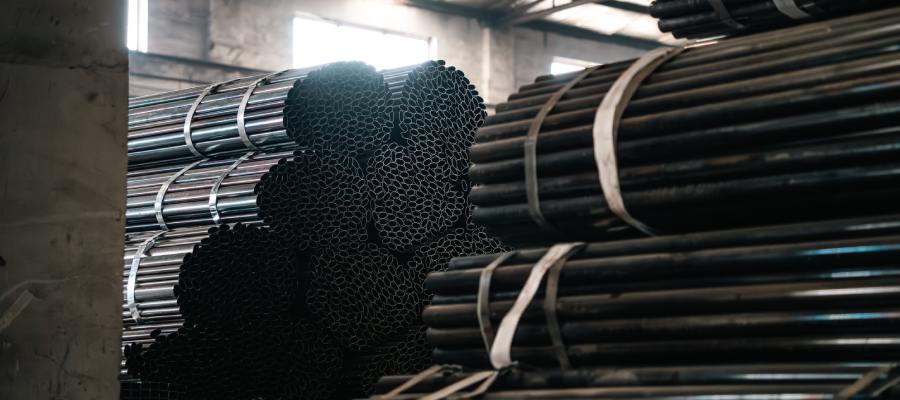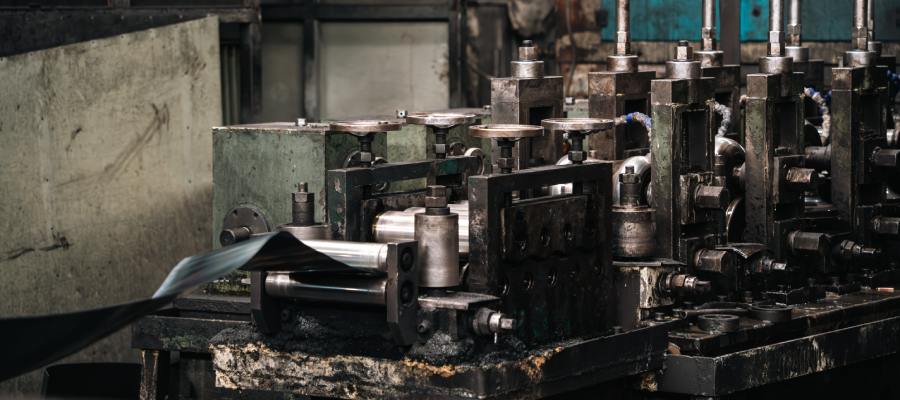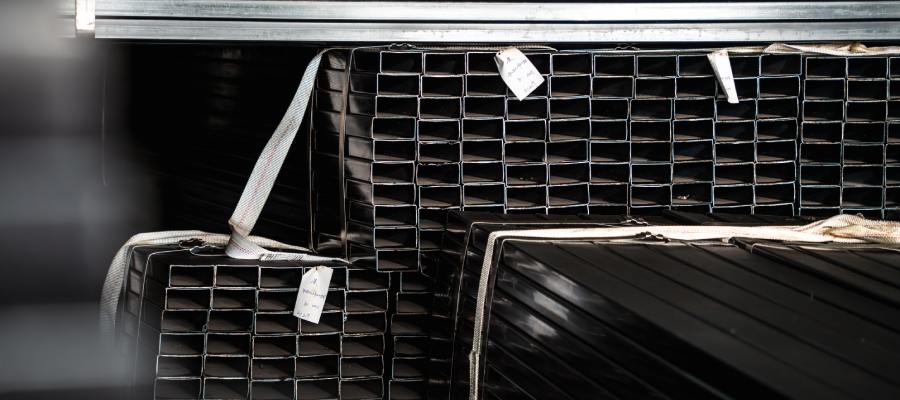A Complete Guide to Welded Steel Tubes: Sizes, Grades, and Standards
Welded steel tubes is one of the most widely used products in the steel industry. It's widely used in construction, infrastructure, automotive, oil and gas, and numerous manufacturing industries. Its versatility, cost-effectiveness, and comprehensive range of sizes make it a reliable solution for engineers, builders, and manufacturers worldwide.
In this guide, we’ll explain what welded steel pipe is, how it’s manufactured, common sizes, grades, and international standards.
What Is a Welded Steel Tube?
Welded steel tube (sometimes referred to as a welded pipe or welded tubing) is made by rolling steel coils or plates into a cylindrical shape and welding them together at the seam. Unlike seamless pipe (which has no weld seam), welded pipe has a clearly visible weld seam, but current production technology ensures it has excellent strength and performance in the application.
Key advantages of welded steel tubes include:
Shineyond Group offers Welded tubes in various sizes and wall thicknesses.
Lower production costs compared to seamless pipes
Uniform shape and stable quality
Suitable for structural and fluid transfer applications
Manufacturing Process of Welded Tubes
The production of welded steel tubes generally follows these steps:
Slitting & Preparation – Hot rolled or cold rolled steel coils are slit into strips.
Forming – The steel strip is shaped into a circular, square, or rectangular tube.
Welding – The edges are joined using electric resistance welding (ERW) or submerged arc welding (SAW), depending on the required thickness.
Sizing & Straightening – The welded tube is calibrated to precise dimensions.
Cutting & Finishing – Tubes are cut to standard or custom lengths and may undergo surface treatments such as galvanizing.
Common Sizes of Welded Steel Tubes
Welded tubes are produced in a wide range of diameters and wall thicknesses.
Outer Diameter (OD): 6 mm – 2,500 mm
Wall Thickness: 0.5 mm – 50 mm
Length: Usually 6 m, 9 m, or 12 m (custom lengths available)
Shape Options:
Round welded tubes
Square welded tubes
Rectangular welded tubes
Such flexibility allows welded tubes to be used in scaffolding, pipelines, building structures, furniture, and machinery.
Welded Steel Tube Size Chart
| Outer Diameter (OD) | Wall Thickness | Length | Common Application |
|---|---|---|---|
| 21.3 mm (1/2”) | 1.5 – 3.0 mm | 6 m / 12 m | Furniture, light structures |
| 48.3 mm (1-1/2”) | 2.0 – 4.0 mm | 6 m / 12 m | Scaffolding, handrails |
| 114.3 mm (4”) | 3.0 – 8.0 mm | 6 m / 12 m | Structural frameworks |
| 168.3 mm (6”) | 4.0 – 10.0 mm | 6 m / 12 m | Pipelines, oil & gas |
| 219.1 mm (8”) | 5.0 – 12.0 mm | 6 m / 12 m | Heavy-duty industrial pipelines |
| 273.1 mm (10”) | 6.0 – 16.0 mm | 6 m / 12 m | Water & sewage transport |
| 323.9 mm (12”) | 8.0 – 20.0 mm | 6 m / 12 m | Offshore, energy & large projects |
Grades of Welded Steel Tubes
The mechanical properties of a welded steel tube depend on the steel grade used. Some of the most common grades include:
Carbon Steel Grades – ASTM A53, ASTM A500, EN 10219 S235/S275/S355
Stainless Steel Grades – ASTM A312 TP304/TP316 for corrosion resistance
Alloy Steel Grades – For high temperature and pressure environments
For general structural use, ASTM A500 Grade B and Grade C welded tubes are widely adopted. For pipelines, API 5L welded pipes are commonly used.
International Standards for Welded Tubes
To ensure safety and quality, welded steel tubes are manufactured according to international standards, including:
ASTM A53 / ASTM A500 (USA) – Carbon steel welded tubing for structural and mechanical use
EN 10219 (Europe) – Welded steel tubes for structural applications
ISO 3183 / API 5L – Welded line pipes for oil & gas pipelines
JIS G3444 / G3466 (Japan) – Welded steel tubes for general structural purposes
Compliance with these standards guarantees that welded tubes meet strength, durability, and dimensional requirements for various industries.
Applications of Welded Tubes
Because of their cost-effectiveness and wide availability, welded steel tubes are applied in multiple sectors:
Construction – Beams, columns, scaffolding, and structural supports
Automotive – Exhaust systems, chassis, and frames
Oil & Gas – Pipelines and offshore structures
Machinery & Equipment – Conveyors, frames, and components
Furniture & General Use – Tables, chairs, and storage racks
welded steel tube plays an essential role in modern construction, manufacturing, and energy industries. Available in a wide range of sizes, material grades, and in compliance with international standards, welded pipe provides a reliable and economical solution for structural and fluid transport applications.
If you are looking for high-quality welded steel pipes, at Shineyond, we offer high-quality welded steel pipes that meet global standards, ensuring durability and performance in a variety of applications.
RELATED INFORMATION
Rebar prices are expected to continue the trend of wide range oscillation
2025-04-02
Steel Pipes: Choosing Between Seamless and Welded
2025-04-02
Brand Number Analysis of Color Coated Steel Coil
2025-04-05










